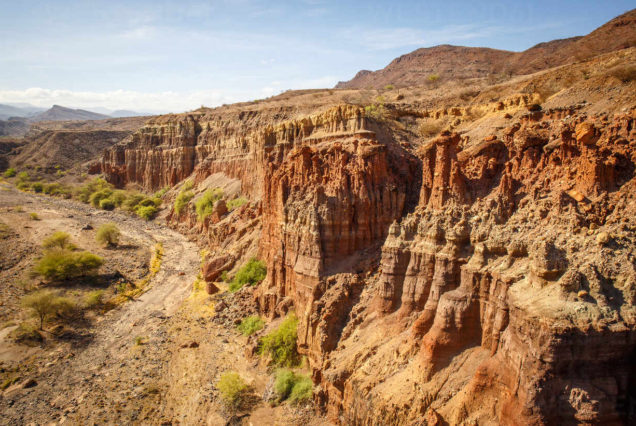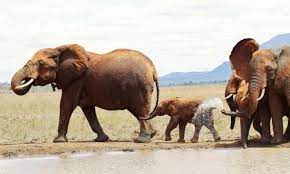Suguta Valley
View video
4 photos
Duration
4 Hours
Max People
50
Min Age
2+
Pickup
Airpot
Overview
In the northern section of Kenya, in the Rift Valley region, is the large and rocky geological feature known as Suguta Valley.
Tour Highlights
- Geology and Formation: The Rift Valley system’s tectonic processes resulted in the formation of Suguta Valley. It is an illustration of a graben, which is a low area of land surrounded by fault lines. Alluvial deposits, volcanic ash, and clay make up the valley floor, while volcanic and sedimentary rock formations may be seen in the mountains nearby.
- Climate: Suguta Valley is characterized by a severe and arid climate. It receives little rainfall since the mountains nearby cast a rain shadow over it. Extreme temperatures are possible, with hot days and chilly nights. The aridity of the valley adds to its distinct environment and scant vegetation.
- Wildlife & Biodiversity: In spite of its difficult environment, the Suguta Valley is home to a wide range of wildlife species that have adapted to the hard circumstances. There are gerenuks, Grevy’s zebras, Beisa oryx, Grant’s gazelles, ostriches, and various bird species that can be seen in the area. Hyenas, leopards, and cheetahs are among the other predators that live there.
- Cultural Significance: Samburu and Turkana tribal members are among the people who live in the Suguta Valley, which has cultural significance. The nomadic or semi-nomadic lifestyles of these groups, which rely on cattle herding for their subsistence, have allowed them to adapt to the desert environment.
- Salt Pans: In the Suguta Valley, huge salt pans develop during the dry season. These salt pans are the consequence of saline water evaporating and leaving behind salt crystallization deposits. A distinctive and unearthly environment is fashioned by the salt pans.
Included/Excluded
- Specialized bilingual guide
- Private Transport
- Entrance fees (Cable and car and Moon Valley)
- Box lunch water, banana apple and chocolate
- Departure Taxes
- Entry Fees
- 5 Star Accommodation
- Airport Transfers
Tour Plan
First hour
Departure
Ornare proin neque tempus cubilia cubilia blandit netus.
Maecenas massa. Fermentum.
- Pretium vitae tempus sem enim enim.
Tempus, leo, taciti augue aliquam hendrerit.
Accumsan pharetra eros justo augue posuere felis elit cras montes fames.
Vulputate dictumst egestas etiam dictum varius.
Second hour
The South Coast
- Pretium vitae tempus sem enim enim.
Tempus, leo, taciti augue aliquam hendrerit. - Accumsan pharetra eros justo augue posuere felis elit cras montes fames.
Vulputate dictumst egestas etiam dictum varius. - Ornare proin neque tempus cubilia cubilia blandit netus.
Maecenas massa. Fermentum.
Tour Map
Reviews
There are no reviews yet.
From
$0.00
Booking Form
Enquiry From













